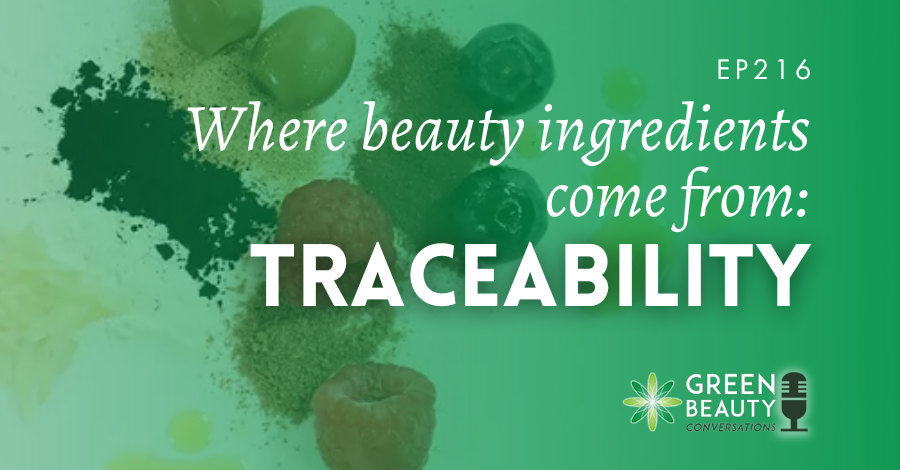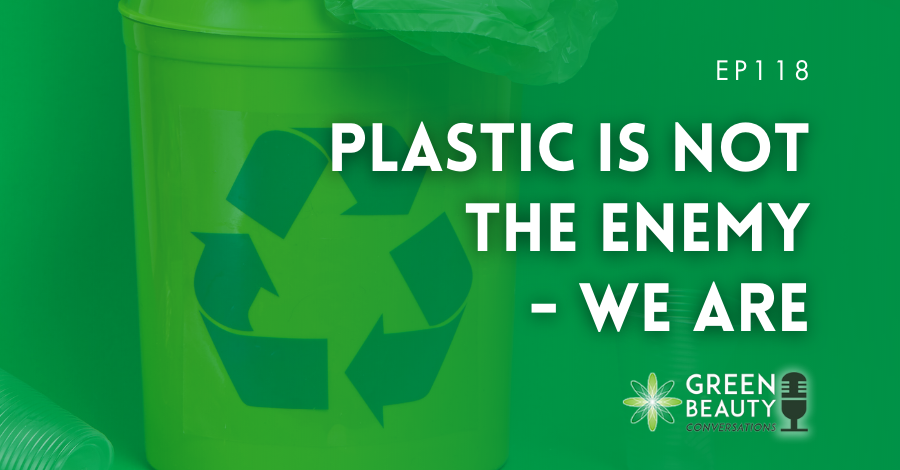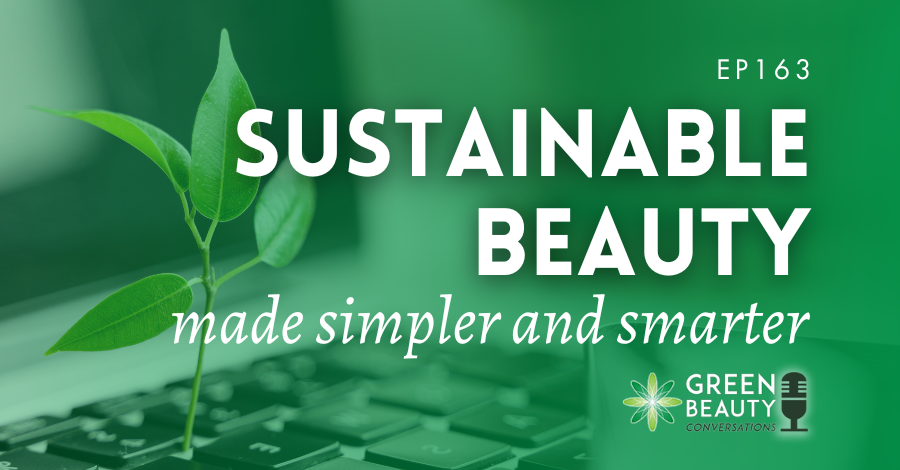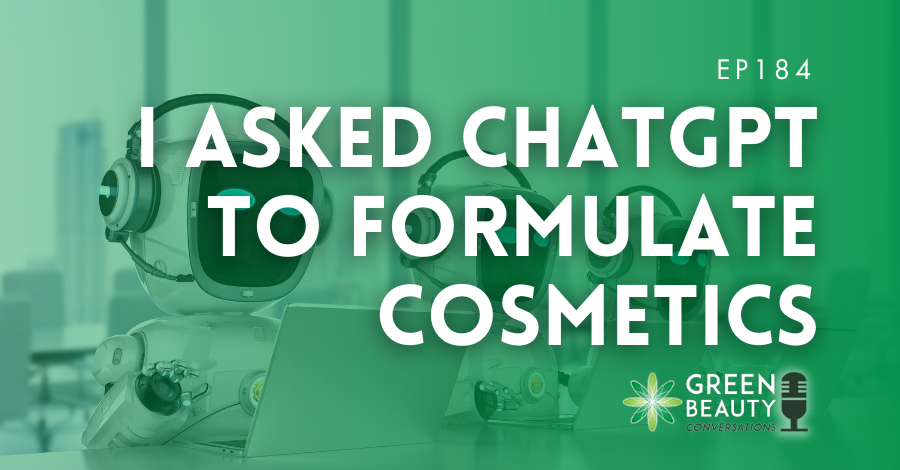Last week, we had a fascinating conversation with Matthew Perkins of Macro Oceans. We delved into the sustainable practices of sourcing seaweed-based extracts. So this week, we’re diving deeper into a pivotal concept: traceability.
Have you ever wondered where the ingredients in your face serum come from? Most of us have no clue. I’m Lorraine Dallmeier, Chartered Environmentalist and CEO of Formula Botanica. Today, we’re going to explore what traceability means and how beauty giants are getting involved. Are they ready to embrace traceability? Or are they only teasing us?
Quote
“As consumers increasingly demand more information about the products they purchase, traceability emerges as a crucial component of sustainability in beauty.” – Lorraine Dallmeier
In this episode on traceability you will hear:
- About the significance of traceability: We need to understand how traceability and sustainability interconnect. Without clarity on the supply chain, companies cannot effectively address environmental and social concerns associated with their products. And consumers don’t have the information they want to make a purchase decision.
- The TRASCE Initiative: I share information on the formation of the Traceability Alliance for Sustainable Cosmetics consortium (TRASCE). It’s spearheaded by major players like Chanel, L’Oreal, and Estee Lauder. While I applaud the initiative’s intent to enhance transparency, I remain sceptical given the industry’s history of secrecy.
- Transparency One Platform: Big beauty companies are utilising the digital technology platform Transparency One to map their supply chains and share information with stakeholders. However, I question how much information will be provided to consumers.
- Challenges and opportunities: Clarins’ recent land acquisition in France. We’ll explore their plans and what they might mean.
We’ll take a dive into the TRASCE Initiative:
The birth of TRASCE marks a significant shift in the beauty industry’s landscape. What might it really mean when big players like L’Oréal, Estée Lauder, and Shiseido join forces? Will they perhaps increase transparency and traceability? Their use of digital technology to map supply chains and assess associated risks, could be a step towards greater transparency. Yet, the extent to which this transparency will trickle down to consumers remains uncertain. Will it empower shoppers to make informed choices, or will it merely serve as a shallow facade?
And we’ll explore both challenges and opportunities ahead:
As we navigate this era of heightened awareness, challenges abound. The complexities of data sharing and confidentiality complicate traceability. So does the need for rigorous auditing and verification. Yet, amidst these challenges lie immense opportunities. We can use them to pave the way for a more sustainable beauty industry by fostering a culture of transparency and accountability.
You may find these links useful.
Episode 204: How the Carbon Trust unmasks the beauty giants
7 Tips on Sourcing Sustainable Botanical Ingredients
Thank you for joining us for this episode of the Formula Botanica Green Beauty Conversations podcast. If you enjoyed listening, please share, subscribe and review this episode on Apple Podcasts, Spotify or Youtube so that more people can enjoy the show. Don’t forget to follow and connect with us on Facebook and Instagram.
FREE TRAINING
Learn how to become an
Organic Skincare Formulator
FREE TRAINING
How to become an
Organic Skincare Entrepreneur
FREE TRAINING
How to become an
Organic Skincare Entrepreneur
Leave us a comment
Lorraine Dallmeier is a Biologist, Chartered Environmentalist and the CEO of Formula Botanica, the award-winning online organic cosmetic science school. Read more about Lorraine and the Formula Botanica Team.




























